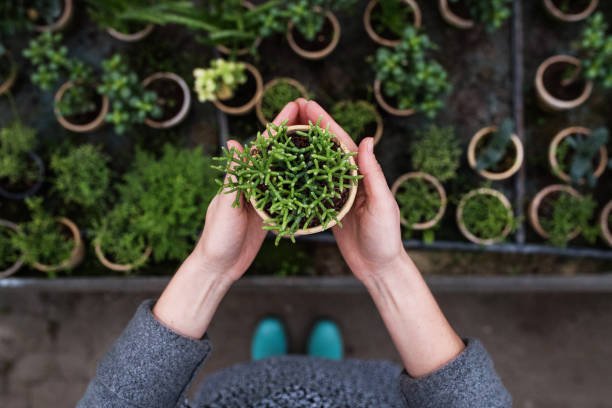Biodiversity in plants and reproduction Grade 11 Notes
Skip to content
Skip to footer
Biodiversity in plants and reproduction Grade 11 Notes
Biodiversity in plants and reproduction Grade 11 Notes

